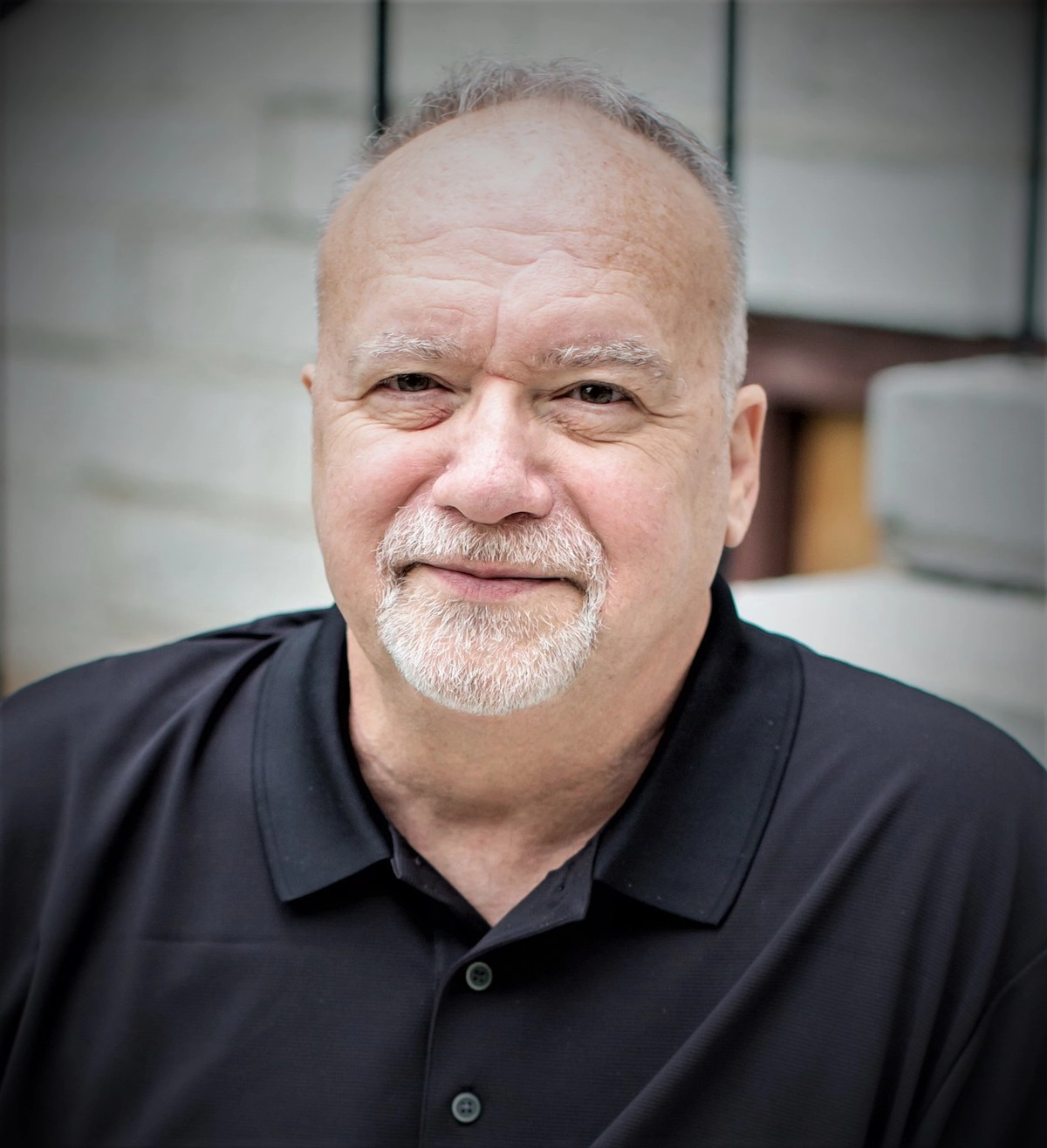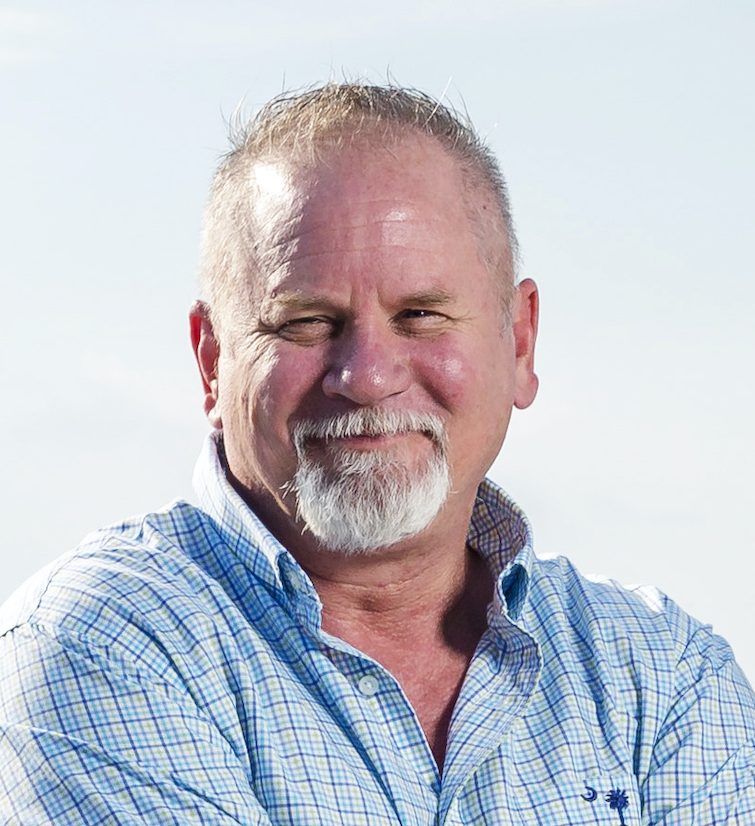It is Friday, Oct. 30, and I’m standing in 6 inches of water trying to submerge a 6 inch-wide hose that comes capped-off with a stainless steel nozzle. The nozzle and hose are attached to a Honda,120 GS, gas powered suction pump.
This morning I’m doing this with a mug of coffee — Green Mountain Dark Magic — and with five friends who are helping me keep Ian’s unwanted, unwelcome water from going under my office building on Carteret Street.
Each of these 5 people have their own homes, their own worries, which are now attenuated, dissipated by “breaking news” that Hurricane Ian is drifting to the Northeast and apparently taking its wind, water, mayhem and mischief to Myrtle Beach. The mention of Myrtle Beach takes me back my childhood.
When I was still a freckled-faced, large-lipped, often-sunburned boy, I spent almost every July at Ocean Drive Beach which has since been subsumed into a vast, unbroken assemblage of hotels, high-rise condominiums and discount towel and flip-flop shops called North Myrtle Beach. I spent my days swimming and building drip-styled sandcastles on it’s wide strand. I was a carefree child who was well-loved by a large, outspoken, fearless woman named Minnie Teachey — my maternal grandmother.
On Oct. 15, 1954, Hurricane Hazel made landfall at Ocean Drive Beach completely removing my grandmother’s 2nd row cottage from the face of the earth. I want to be clear that I was not inside that doomed cottage on Oct. 15, 1954. But for years after that “Hazel” was a dark presence in my consciousness synonymous with septicemia and sudden death brought on by an aneurysm.
I must admit that this lurking, childhood darkness has never completely gone away. Every time I see that an unnamed “disturbance” has formed just off the coast of Senegal — I think back to the flat, vacant, second-row lot scrubbed-clean in the early morning hours of Oct. 15, 1954. These days I also think of Hurricane Irma.
On Aug. 27, 2017, Hurricane Irma began its life off the coast of Senegal, meandered into the Caribbean, and on September 17 hit the West Coast of Florida. Like Ian, Irma battered and busted up central Florida. Some of us in Beaufort believed we had escaped, yet again, and Susan and I broke out a bottle of Lamarca Prosecco and drank to our good fortune.
But we were wrong. We were too soon in our drinking and toasting and, if memory serves, breaking out a second bottle of Lamarca.
Even though Irma sucked water out of Tampa Bay, and was down-graded and diminished by its path over Florida, it came into Beaufort County from the Southwest with a full moon and a high tide. These two factors — like the late, great Bobo Olsen leading with a left jab then hitting us with a right cross — flooded the stormwater pipes on the Old Point.
My office was and is located on Carteret Street in an area populated with small buinesses like the Chocolate Tree, Budget Print and J. H. Hiers Construction. We were all hit when Irma sent its surge through the City’s drainage pipes and into my tasteful, well-appointed lobby.
As Tim Wood, Kristy Wood, Dean Moss, Wendy Zara, David Taub, Susan and I drink our Green Mountain Dark Magic Coffee and tinker around with the Honda 120 pump, we talk about Beaufort’s repeated designation as “America’s Best Small Town”.
Why, we wonder, would anyone want to live in a place where periodic evacuation to a pet-friendly Motel 8 in Augusta and days-long exposure to the gospel as revealed by Jim Cantore routinely interrupt our “warm, welcoming, laid-back lifestyle?”
Why do retirees continue to move to Beaufort County given our recent encounters with Irma, Matthew and Hugo? Why do they come to a place that is biblically hot for five months every year and home to a huge biome of flying, biting, impervious-to-DEET insects?
I think it’s the marsh.
The marshes of Beaufort County — illuminated every morning with low-angled sunlight — give us our daily dollop of hope. These same grey-green, life-filled waters give us an immediate escape — physical and mental — from our ubiquitous, depressing architecture of fast food, Chinese-made retail and same-day nail salons.
Notwithstanding all of this overwhelming banality, the sun and the marsh reliably perform their nondenominational baptism every morning; their forgiving benediction every night.
Scott Graber is a lawyer, novelist, veteran columnist and longtime resident of Port Royal. He can be reached at cscottgraber@gmail.com.








